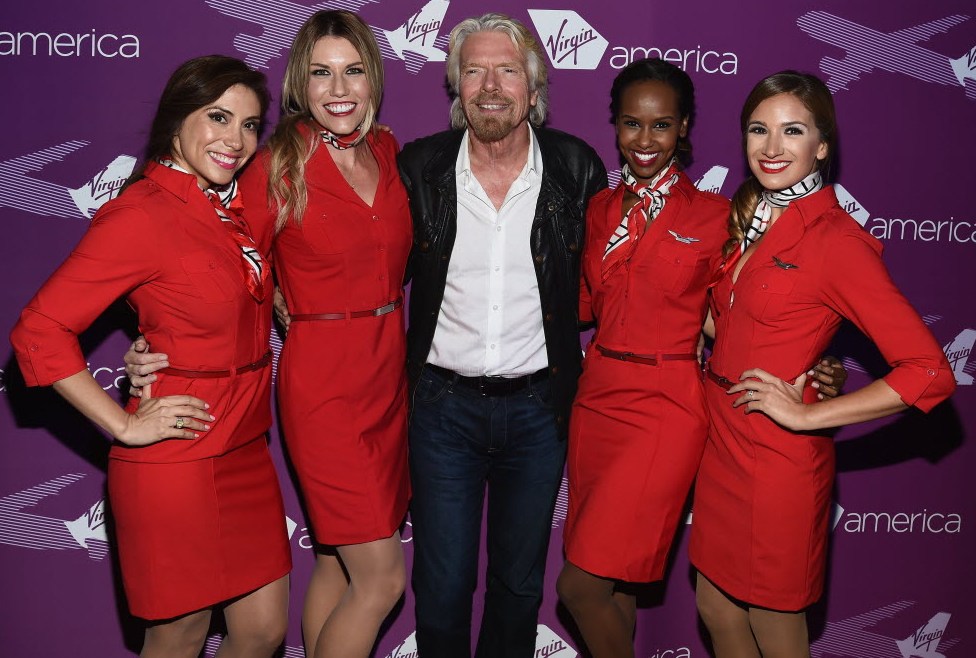
American Airlines passengers check in at the Miami International Airport. (AP Photo/Alan Diaz)
American Airlines will stick to a miles-based frequent-flier program when it merges that with US Airways’ loyalty program next year, according to details unveiled today by American.
Many airline rivals have switched to or have announced they’ll soon convert to a dollar-based frequent-flier program where the more travelers spend for a ticket and related fees, the more miles they earn.
First, travelers who are members of both American and US Airway’s frequent flier programs can match their accounts early next year. Then, US Airways’ Dividend Miles and American’s AAdvantage programs will combine mileage balances and align elite member levels and criteria in second quarter 2015.
American said the changes will create “a more seamless experience” on American or US Airways. The announcement comes 10 months after the two airlines merged.
Update at 9:20 a.m.: American and US Airways combined have about 110 million frequent-flier members, but that’s expected to be closer to 100 million after the two loyalty programs merge due to travelers who belong to both programs, Suzanne Rubin, president of American’s AAdvantage program, said in an ongoing conference call.
The integration of the two airlines’ frequent flier programs is one of three big milestones coming up. The other two are: securing a single operating certificate from the Federal Aviation Administration, which is expected by mid-2015; and putting both airlines on the same reservations system, which is expected in late 2015.
Update at 9:25 a.m.: Come March, American and US Airways will be the only major U.S. carriers left with a traditional miles-based frequent flier program.
Update at 9:25 a.m.: Several rivals have announced that they’re converting their frequent flier programs form miles to a dollar-based system. Such programs mean the more a person spends for a ticket and related fees, the more miles the traveler will earn. United Airlines Inc. said this summer it will convert its MileagePlus program to a dollar-based program in March. Delta Air Lines Inc. said in February it will make the shift on Jan. 1 and Dallas-based Southwest Airlines Co. which switched to a dollar-based system in 2011.
Update at 9:25 a.m.: American is not following suit – at least not immediately – because Rubin said the airline and US Airways are focused on completing the merger of all of their systems, including their frequent-flier programs, before considering more radical changes.
Update at 9:25 a.m.: “We have been very much focused on integrating as quickly as possible so we can get merger benefits out to customers and the marketplaces as quickly as possible,” Rubin said during this morning’s teleconference. “As you can imagine, there’s a lot of work that goes into combining two programs of this size. We’re watching the marketplace and will continue to do so … now that we’ve seen competitors move to this type of construct.“
American has simplified the integration of the two programs, largely focusing on make sure the two airlines’ elite fliers — passengers who travel the most — are kept happy. Here are some of the major changes to American’s AAdvantage program and US Airways’ Dividend Miles program:
* For US Airway’s frequent flier members who do not have an AAdvantage account, American will create one for them and customer mileage balances will automatically transfer in second quarter 2015.
* For American AAdvantage members who do not have a Dividend Miles account, no action is needed.
* For travelers who belong to both American and US Airway’s frequent flier programs, their elite status will be based on their combined elite-qualifying activity from 2014 for status through February 2016 and their year-to-date 2015 activity will be combined to determine their status through February 2017. American will honor qualification of new elite status levels.
* US Airways’ four elite status levels will be merged into AAdvantage’s three levels. Dividend Miles’ Silver level will become AAdvantage gold, requiring 25,000 miles/points or 30 segments. Dividend Miles’ Gold and Platinum levels will become AAdvantage Platinum, requiring 50,000 miles/points or 60 segments. Dividend Miles’ Chairman’s Preferred level will become AAdvantage Executive Platinum, requiring 100,000 miles/points or 120 segments.
* The flight segments (one-way flights) needed to qualify for the AAdvantage Elite Executive Platinum status membership will increase from 100 to 120 on Jan. 1 for the 2016 membership year.
* Once the frequent flier programs combine next year, American will give all elite members complimentary upgrades on American flights up to 500 miles that will be automatically requested at booking. (The upgrade policies for American and US Airways flights will work separately until the airlines move to a single reservation system later in 2015.)
* Starting Jan. 1, bonus miles for AAdvantage members with business class tickets on American and US Airways will increase from 25 percent to 50 percent to align with the benefits for Dividend Miles members. Dividend Miles’ Chairman’s Preferred members and AAdvantage Executive Platinum members will receive complimentary same-day changes on American flights.
* Once the programs are combined, AAdvantage Executive Platinum members will continue to receive eight upgrades on American and US Airways marketed flights.
In January, American began offering reciprocal benefits to members of both frequent flier programs.
In April, the airline introduced changes for frequent fliers, which brought American and US Airways’ policies more in line with each other and major competitors. American lowered the number of miles needed to get a free ticket for customers who can fly at less busy times, but it began charging more miles for people who want to travel on the busiest days, such as the Sunday after Thanksgiving.







